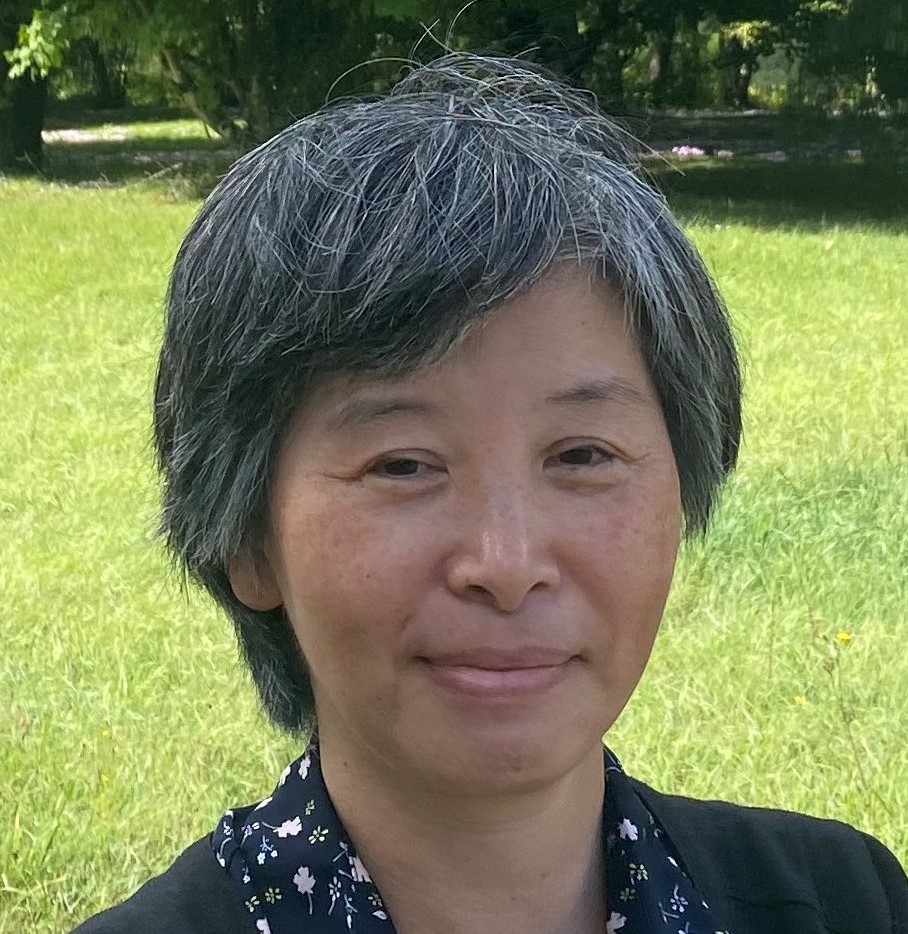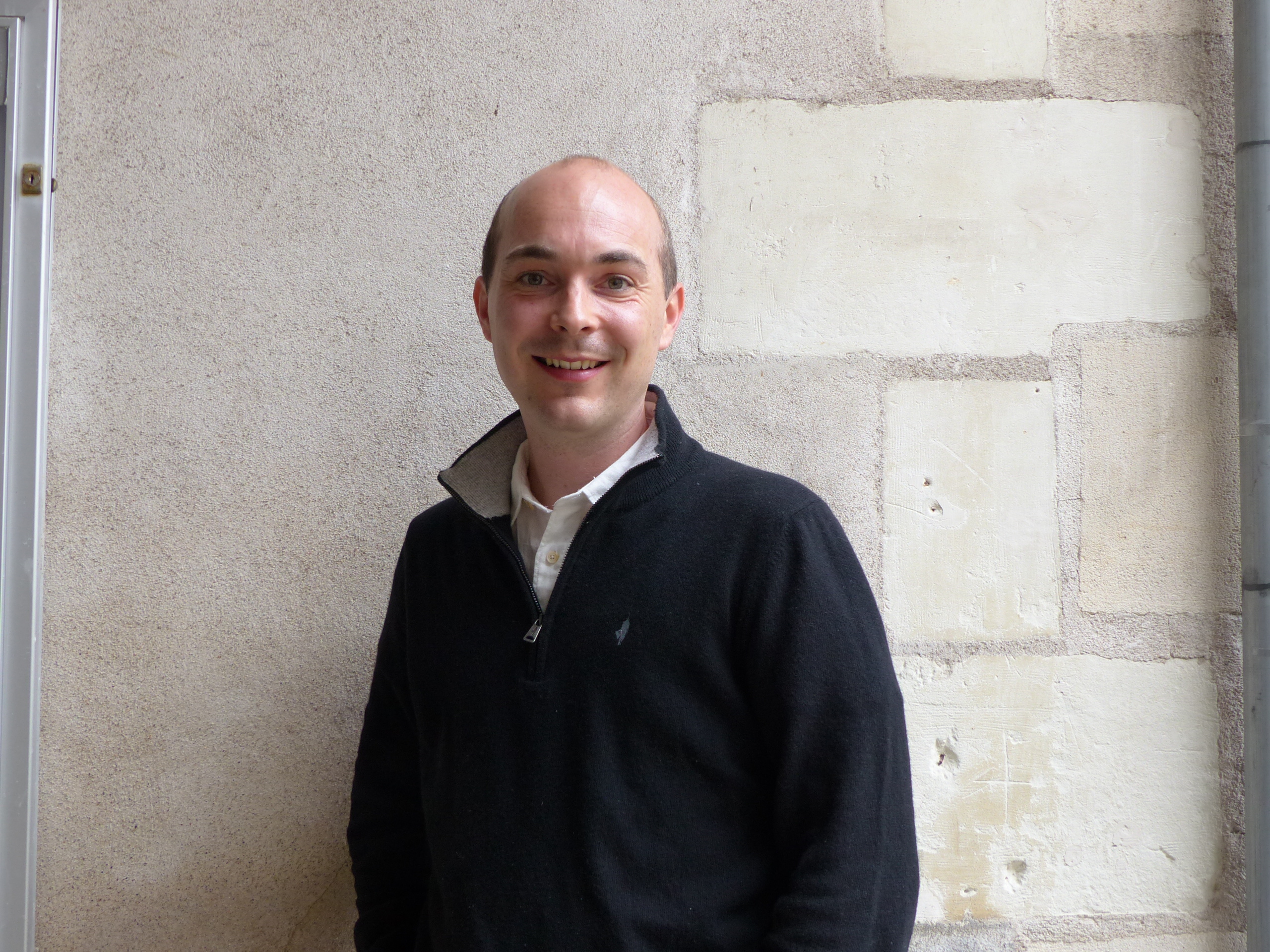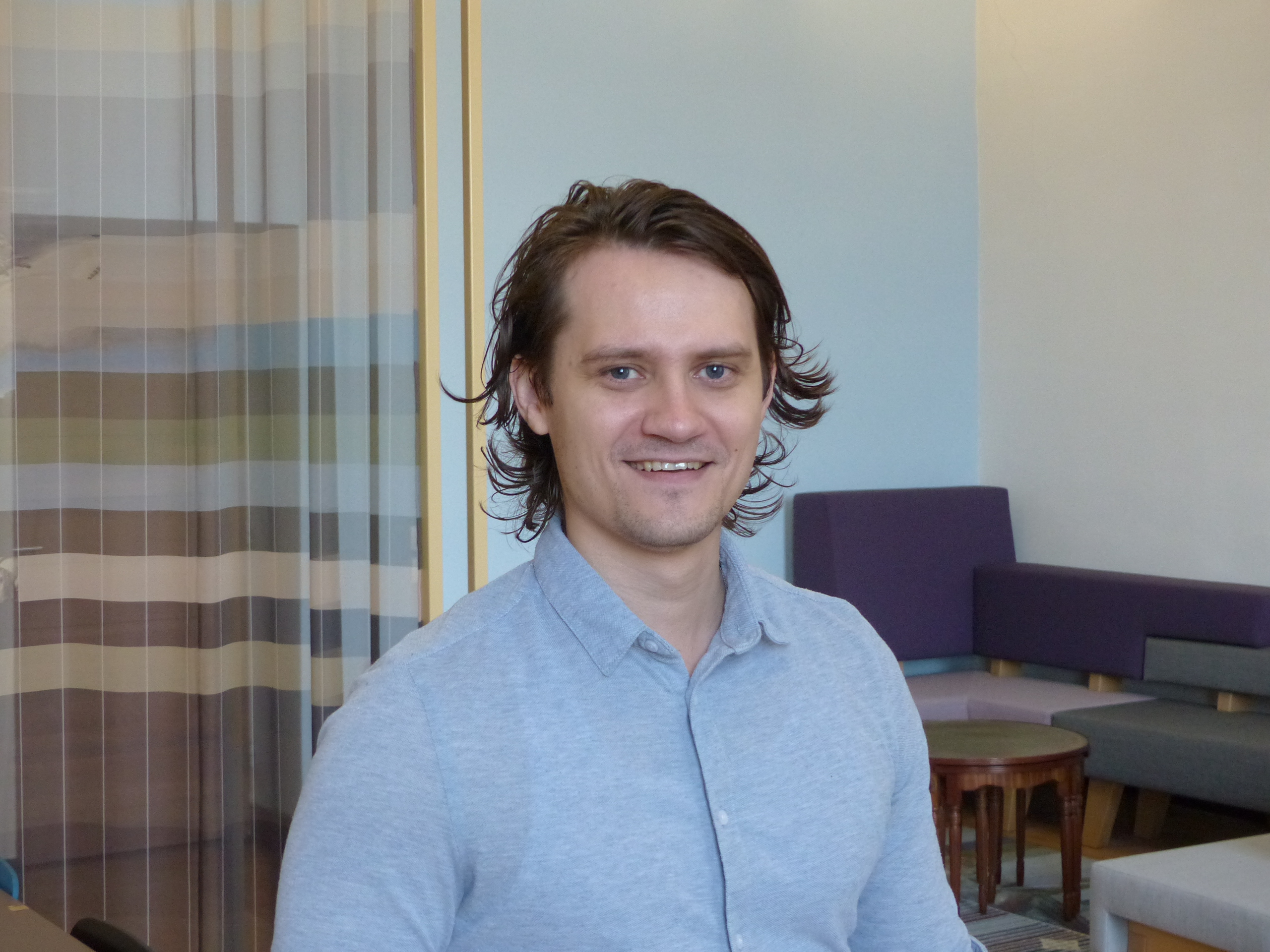
Hôtel Dupanloup
1 rue Dupanloup
45000 Orléans
France

Hôtel Dupanloup
1 rue Dupanloup
45000 Orléans
France

Hôtel Dupanloup
1 rue Dupanloup
45000 Orleans
France
Dr Mathieu Allix, Dr Michael J. Pitcher, Dr Laurent Cormier & Dr Alberto José Fernández Carrión

Hôtel Dupanloup
1, rue Dupanloup
45000 Orléans
France

Hôtel Dupanloup
1 rue Dupanloup
45000 Orleans
France
Dr Michael Pitcher & Dr Mathieu Allix

Hôtel Dupanloup
1 rue Dupanloup
45000 Orleans
France
Dr Alberto José Fernández Carrión, Dr Michal Korenko, Dr Mathieu Allix & Dr Michael J. Pitcher

LE STUDIUM
1 Rue Dupanloup
45000 Orléans
France

LE STUDIUM
1 Rue Dupanloup
45000 Orléans
France

CNRS Orléans - Auditorium Charles Sadron
3 avenue de la Recherche Scientifique
45000 Orléans
France
Dr Bernard Gratuze, Dr Inès Pactat, Dr Gaspard Pagès, Dr Nadine Schibille & Dr Line Van Wersch

Faculté de Droit de Tours - Salle 009
50 Avenue Jean Portalis - Hall A
37200 Tours
France

France
Dr Edurne Serrano-Larrea, Dr Conchi Ania & Dr Encarnacion Raymundo-Piñero

VIRTUAL MEETING
France

VIRTUAL MEETING
France

VIRTUAL MEETING
France

VIRTUAL MEETING
France

MSH Val de Loire, Salle Polyvalente,
Allée Ferdinand de Lesseps
37000 Tours
France

Hôtel Dupanloup
1 rue Dupanloup
45000 Orléans
France
Dr Arlette Richaud-Torres & Dr Pierre Florian

Hôtel de Ville de Tours
Place Jean Jaurès
37000 Tours
France
Dr Arunabh Ghosh & Prof. Fouad Ghamouss
Novel cost-efficient Fenton-like catalysts were prepared for the degradation of organic molecules in aqueous solutions. Porous activated carbons (ACs) were directly impregnated with Fe2+ solutions of different concentrations using the wet impregnation method. Their efficiency, as Fenton-like catalysts, was studied. Photo-Fenton tests were performed to establish the performance of the prepared Fe-impregnated ACs in relation to the degradation of organic micropollutants in aqueous solution, under different conditions. Photo-catalytic tests were carried out by means of a laboratory photo-reactor. The influence of several parameters such as solution pH value, initial concentration of the model pollutant, and hydrogen peroxide dose on the process performance was investigated. The ACs and prepared catalysts were characterized by nitrogen adsorption-desorption isotherms at 77K, FTIR, SEM, and thermogravimetric analyses. The total Fe content of the synthesized composites was estimated by the phenanthroline method using UV-Vis spectrophotometry. Photo-catalytic tests were performed in monosolute or mix solutions of MPs in order to compare the efficiency of various conventional AOPs with that of photo-Fenton-peroxone process. The results show an increase in the degradation rate in case of the heterogeneous photo-Fenton-peroxone process.
For efficient and successful mechanical energy harvesting, a configuration that has garnered much focus in recent research is the piezoelectric nanogenerator. The concept of the nanogenerator has shown potential for harvesting energy from the ambient environment to power systems. Kinetic energy harvesting nanogenrators based on the piezoelectric properties of ZnO nanowires have attracted much interest. The aim of this work is to fabricate hydrothermally synthesized ZnO nanowire-based nanogenerators in order to control the average diameter of wires and also the quality of wire alignment. Intrinsic point defects as well as extrinsic defects introduced via doping of transition metal ions by no doubt play a crucial role not only the amplitude of generated voltage signal from nanogenerators but also the conductivity of ZnO. Despite its advantages, the lack of fundamental knowledge about intrinsic defects and doping ions presents an obstacle to the development of practical devices such as nanogenerators which requires high conductivity for high performance. The difficulty to make reliable ZnO nanowire based nanogenerators is closely related to the intrinsic and extrinsic defects specifically interstitials, vacancies and metal ions (i.e., Mn, Fe). This research provides a fundamental understanding of defects in ZnO that could lead to reliable devices using the peculiarity of nanogenerator. The results of electronic (electron paramagnetic resonance spectroscopy), optical (photoluminescence spectroscopy) and electrical (impedance spectroscopy) characterization investigations could give the basis for the industrial and economic manufacturing of ZnO nanowires. This work provides physical understanding of the defect structures in nanoscale wire form of ZnO.
During the past decades, fractional calculus has gained great interest and success in the field of automatic control. The research project was on numerical algorithms and observer design for fractional order systems. Various effective algorithms have been proposed to simulate different kinds of systems. Accurate and robust algebraic observers have been designed to estimate useful system information in noisy environment. An international conference has been held with the support of the project, which provided a platform for researchers to exchange results and advanced technology. Moreover, this project has provided an international collaboration opportunity for faculties and students both from INSA Centre Val de Loire and Yanshan University in China.
The sulphur electrode in LiS batteries suffers from rapid capacity loss and low efficiency due to the solubility of long chain polysulphides formed during discharge. Herein, we demonstrate the beneficial effect of original catholyte formulations containing redox active organyl disulphides (PhS2Ph) on the capacity utilization and retention as well as the efficiency in LiS batteries. Resulting from the chemical equilibria in the electrolyte between the sulphur/polysulphides (S8/Sx2-) and disulphide/thiolates (PhS2Ph/PhSx-), the polysulphide redox shuttle phenomenon is minimized due to the suppression of formation of soluble polysulphides (Sx2-, x > 4). Using the catholyte containing 0.4 M Ph2S2 as an additive in a standard base electrolyte (DOL/DME + LiTFSI/LiNO3), a stable capacity of 1050 mAh.g-1 is obtained under galvanostatic cycling at C/5 with a coulombic efficiency of >99.5%. At 45°C, it is shown that the formulated catholyte enables galvanostatic cycling at a high c-rate of 1C over 500 cycles with a capacity above 900 mAh.g-1 and a high energy efficiency of 82%.
Inspired by the active site of the copper-zinc superoxide dismutase enzyme, we studied the reactivity of imidazolic ligands to improve the design and synthesis of coordination compounds, active against the superoxide radical (responsible of DNA, cellular and tissues damage, leading to illness like cancer, atherosclerosis, heart failures, etc.). By the joint use of first-principle calculations and solid state NMR spectroscopy, we identified the relationship between the structural characteristics and the reactivity of the synthesized compounds, that lead and modulates their antioxidant activity.
This Le Studium Fellowship was used to analyze the crystal growth in levitated melts. Furthermore, methodical questions concerning the method EBSD as well as XRD were addressed. Finally, the literature concerning oriented surface nucleation in glasses was completed.
A protic ionic liquid is inctroduced for the first time as a solvent for a high energy density vanadium redox flow battery. The proof-of-concept redox flow cell with a concentration of 3 mol L−1 vandyl sulfate electrolyte was tested for a total of 30 cycles at 40°C, showing an open circuit potential of 1.38 V, a nominal capacity of 1900 mAh at a current density of 40 mA cm−1 and energy and coulombic efficiencies of 64 and 90%, respectively. The continuous 16 hours of cycling suggest that the concentrated anolyte and catholyte are thermally stable and cycleable. This study underlines a new route to improve the energy-to-volume ratio of this promising energy storage system.
The recycling of lithium ion batteries has been mentioned as one of the near-future waste management necessities. In order for recycling to be economically viable, straightforward and cost effective techniques need to be developed to separate the individual materials in a composite electrode. Ultrasonic separation might be such a technique, provided that lithium ion battery microparticles respond predictably to a sound field. Lithium ion battery cathodes contain hydrophobic carbon. Owing to the incompressibility of a solid, the thin gaseous layer surrounding these hydrophobic particles must oscillate asymmetrically, when subjected to ultrasound. Consequently, the harmonic content of the ultrasound signal radiated from hydrophobic microparticles must be higher than that from hydrophilic microparticles with the same size. The question of whether the harmonic signal response generated by physical hydrophobic microparticles present in lithium ion battery cathodes is higher than the harmonic response of other component materials in the cathode is the focus of this paper. The scattering response of cathode materials subjected to 1-MHz ultrasound was measured and compared. The cathode materials C65, PVDF, and NMC respond differently to 1-MHz ultrasound. The superharmonic response of C65 has been attributed to asymmetric oscillations owing to its hydrophobicity. In addition, C65 hydrophobic microparticles might be suitable candidates for harmonic imaging.
The chemical synthesis of C 60 fullerene in the laboratory is still a challenge. In order to achieve this goal, we propose a synthetic route based on the dimerization between two pentacyclopentacorannulene (C 30 H 10) fragments employing the Diels-Alder cycloaddition reaction. Density functional calculations indicate that a step wise non-concerted dimerization mechanism of C 30 H 10 is favored over a one stage dimerization.
In this paper, an effective numerical algorithm is proposed for the first time to solve the fractional visco-elastic rotating beam in the time domain. On the basis of fractional derivative Kelvin–Voigt and fractional derivative element constitutive models, the two governing equations of fractional visco-elastic rotating beams are established. According to the approximation technique of shifted Chebyshev polynomials, the integer and fractional differential operator matrices of polynomials are derived. By means of the collocation method and matrix technique, the operator matrices of governing equations can be transformed into the algebraic equations. In addition, the convergence analysis is performed. In particular, unlike the existing results, we can get the displacement and the stress numerical solution of the governing equation directly in the time domain. Finally, the sensitivity of the algorithm is verified by numerical examples.
In this paper, firstly, a new method which makes a modification of the Bern-stein polynomials is introduced to solve the linear fractional partial differential equations (FPDEs). The biggest advantage of the fractional Bernstein polynomials is that the order can be changed with the order of the fractional partial differential equations. For the first time, we try to use this method to solve the linear fractional partial differential equations. Secondly, convergence analysis and error correction are also given to make the calculation results more accurate. The concrete content of this method and error correction are explained briefly and numerical examples are given to demonstrate the validity and accuracy of the method.
This paper presents an analysis of the effect of the droplet support fiber on the droplet evaporation process. This effect is evaluated for a droplet evaporating in a hot environment at atmospheric pressure using the experimental results of the present study and those in the literature. Selected published results are acquired using similar test conditions and experimental setups as the present data. The only main difference between these studies is the droplet support fiber diameter which varies between 14 µm and 225 µm. The ambient temperature explored in these studies ranges from room temperature up to 973 K. n-Heptane is selected because it is the most common fuel used in these studies. The main findings are that the cross-fiber technique, which uses 14 µm fiber diameters, induces no noticeable heat transfer into the droplet and consequently does not interfere with the evaporation process. In contrast, the classical fiber technique, which uses relatively larger fibers, greatly enhances the droplet evaporation rate as a consequence of increased conduction heat transfer through the fiber. A correlation is proposed to quantify the level of this increase as a function of ambient temperature and the fiber cross-sectional area.
The increasing need in the development of storage devices is calling for the formulation of alternative electrolytes, electrochemically stable and safe over a wide range of conditions. To achieve this goal, electrolyte chemistry must be explored to propose alternative solvents and salts to the current acetonitrile (ACN) and tetraethylammonium tetrafluoroborate (Et4NBF4) benchmarks, respectively. Herein, phenylacetonitrile (Ph-ACN) has been proposed as a novel alternative solvent to ACN in supercapacitors. To establish the main advantages and drawbacks of such a substitution, Ph-ACN + Et4NBF4 blends were formulated and characterized prior to being compared with the benchmark electrolyte and another alternative electrolyte based on adiponitrile (ADN). While promising results were obtained, the low Et4NBF4 solubility in Ph-ACN seems to be the main limiting factor. To solve such an issue, an ionic liquid (IL), namely 1-ethyl-3-methylimidazolium bis[(trifluoromethyl)sulfonyl] imide (EmimTFSI), was proposed to replace Et4NBF4. Unsurprisingly, the Ph-ACN + EmimTFSI blend was found to be fully miscible over the whole range of composition giving thus the flexibility to optimize the electrolyte formulation over a large range of IL concentrations up to 4.0 M. The electrolyte containing 2.7 M of EmimTFSI in Ph-ACN was identified as the optimized blend thanks to its interesting transport properties. Furthermore, this blend possesses also the prerequisites of a safe electrolyte, with an operating liquid range from at least −60 °C to +130 °C, and operating window of 3.0 V and more importantly, a flash point of 125 °C. Finally, excellent electrochemical performances were observed by using this electrolyte in a symmetric supercapacitor configuration, showing another advantage of mixing an ionic liquid with Ph-ACN. We also supported key structural descriptors by density functional theory (DFT) and COnductor-like Screening Model for Real Solvents (COSMO-RS) calculations, which can be associated to physical and electrochemical properties of the resultant electrolytes.
The main goal of the project is the development of novel nanostructured carbon dots for their application as solar UV protectors in various materials, ranging from paints/varnishes to pharmaceutical/cosmetic products, which involve an entirely new approach in solar UV protection based on highly photoluminescent Carbon Dots (CDs) through efficient translation of the incident solar UV radiation towards longer wavelengths. The lower energy photons produced in the radiative processes within the CDs are less capable of inducing irreversible changes over the chemical/structural properties of the exposed surfaces. CDs are particularly suited for this approach due to their wide range UV excitation of the radiative processes, physico-chemical stability, inertness, lack of toxicity, biocompatibility and ease of fabrication. The provided UV protection is intended to be assayed upon their integration in various polymers matrices of relevance for coating materials and also targeting cosmetic skin UV protection formulations.
Two novel solid-state sodium battery electrolyte materials (a polymerised ionic liquid block co-polymer and a zwitterionic plastic crystal) have been characterised by high-field NMR spectroscopy. The results allow the identification of the Na+ solvation environment, which will determine the ion transport mechanism. Additionally, solid-electrolyte interphase products formed in sodium metal batteries containing two different ionic liquid electrolytes have been studied by the same experimental method and a breakdown product of the ionic liquid anion has been tentatively identified. These results demonstrate the power of NMR to provide new insights into sodium battery materials.
Plasma technology can be applied in different stages of agricultural production with increasing yield and improving quality. The promotion effect of plasma on agriculture depends on the plasma treatment parameters and effective methods of plasma diagnostics. In order to obtain optimized plasma treatment parameters and identify plasma agricultural objects, it is necessary to combine with artificial intelligence (AI), which can play an important role in plasma diagnosis and plasma agricultural applications. In our studies, plasma discharge spectra were effectively identified by building an AI model. In order to identify agricultural objects by plasma treatment at different stages of agricultural production, different AI models were constructed, showing the effectiveness of AI in plasma agriculture. These results also show the practical application and advantages of the plasma-agriculture-AI multidisciplinary combination.
Chirality is a recurring cross-disciplinary theme in modern science, from particle physics to biology. In quantum physics, the chirality of fermions is linked to the topology of gauge fields by the chiral anomaly. While the chiral anomaly is usually associated with the short-distance behavior in field theory, recently, it has been realized that it also affects the macroscopic behavior of chiral matter. In particular, the local imbalance between left- and right-handed fermions in the presence of a magnetic field induces non-dissipative transport of electric charge ("the Chiral Magnetic Effect", CME). Recently, the CME has been discovered in Dirac and Weyl semimetals possessing chiral quasi-particles. Here we report on the investigation of related phenomena in non-centrosymmetric superconductors and Josephson junctions and discuss their potential applications in quantum computing.
Chirality is a recurring cross-disciplinary theme in modern science, from particle physics to biology. In quantum physics, the chirality of fermions is linked to the topology of gauge fields by the chiral anomaly. While the chiral anomaly is usually associated with the short-distance behavior in field theory, recently, it has been realized that it also affects the macroscopic behavior of chiral matter. In particular, the local imbalance between left- and right-handed fermions in the presence of a magnetic field induces non-dissipative transport of electric charge ("the Chiral Magnetic Effect", CME). Recently, the CME has been discovered in Dirac and Weyl semimetals possessing chiral quasi-particles. Here we report on the investigation of related phenomena in non-centrosymmetric superconductors and Josephson junctions and discuss their potential applications in quantum computing.
The primary aim of this Le Studium project was a thorough physico-chemical analysis and structural characterization of key phases and compounds of high-temperature fluoride melt/solid interphases. This knowledge is then used for a targeted synthesis and preparation of different compounds and materials (including their physicochemical characterization), based on oxo-fluoro-aluminates of alkali metals.
A theoretical prediction of favorable ion exchange between PEDOT:PSS and hard-cation-soft-anion ionic liquids (IL) is confirmed experimentally and computationally by treating PEDOT:PSS with a new IL composed of an extremely hard protic cation MIM+ and an extremely soft anion TCB–. This protic IL significantly improves both conductivity and stretchability of PEDOT:PSS, outperforming its aprotic counterpart, EMIM :TCB, which has been the best IL employed for this purpose so far. This electrical and mechanical enhancement is speculated as a result of the aromatic and protic cation MIM+ which does not only provide efficient ion exchange with PEDOT:PSS but also serves as a molecular glue holding together multiple PEDOT domains by strong ionic as well as hydrogen bonds, because washing MIM+ out of the film degrades the stretchability while keeping the morphology. Our results offer molecular-level insights on the morphological, electrical, and mechanical properties of PEDOT:PSS and a molecular-interaction-based enhancement strategy for intrinsically stretchable conductive polymers.
The activity was mainly addressed to study the scientific production of Leonardo da Vinci by means of an integrated approach that combines exact and human sciences. A huge interest was focused on dynamics, topic of great interest for Leonardo as it emerges in several points of his notebooks where he discussed relevant aspects of this physics branch and developed conceptions that evolved over the time. Within this general goal, the following specific issues have been also taken into account: i) recognition and comparative source analysis of the network of scholars, artisans and texts for a reconstruction of the cultural, scientific and technical framework in which Leonardo elaborated his concepts; ii) impact of the Leonardo’s work on the present research fields; iii) impact of the Leonardo’s work on the present educational field; iv) evaluation of the Leonardo’s work as an innovative tool for the “third culture” promotion. In this framework, the analysis of the Leonardo’s studies followed two driving lines: i) to place his findings in his time context and
ii) to establish connections with the current cultural approaches.
The activity has been carried out at the Centre d’Etudes Supérieures de la Renaissance (CESR) of Tours. The performed study has a great relevance for the valorisation of the Centre-Val de Loire region where Leonardo spent the last three years of his life.